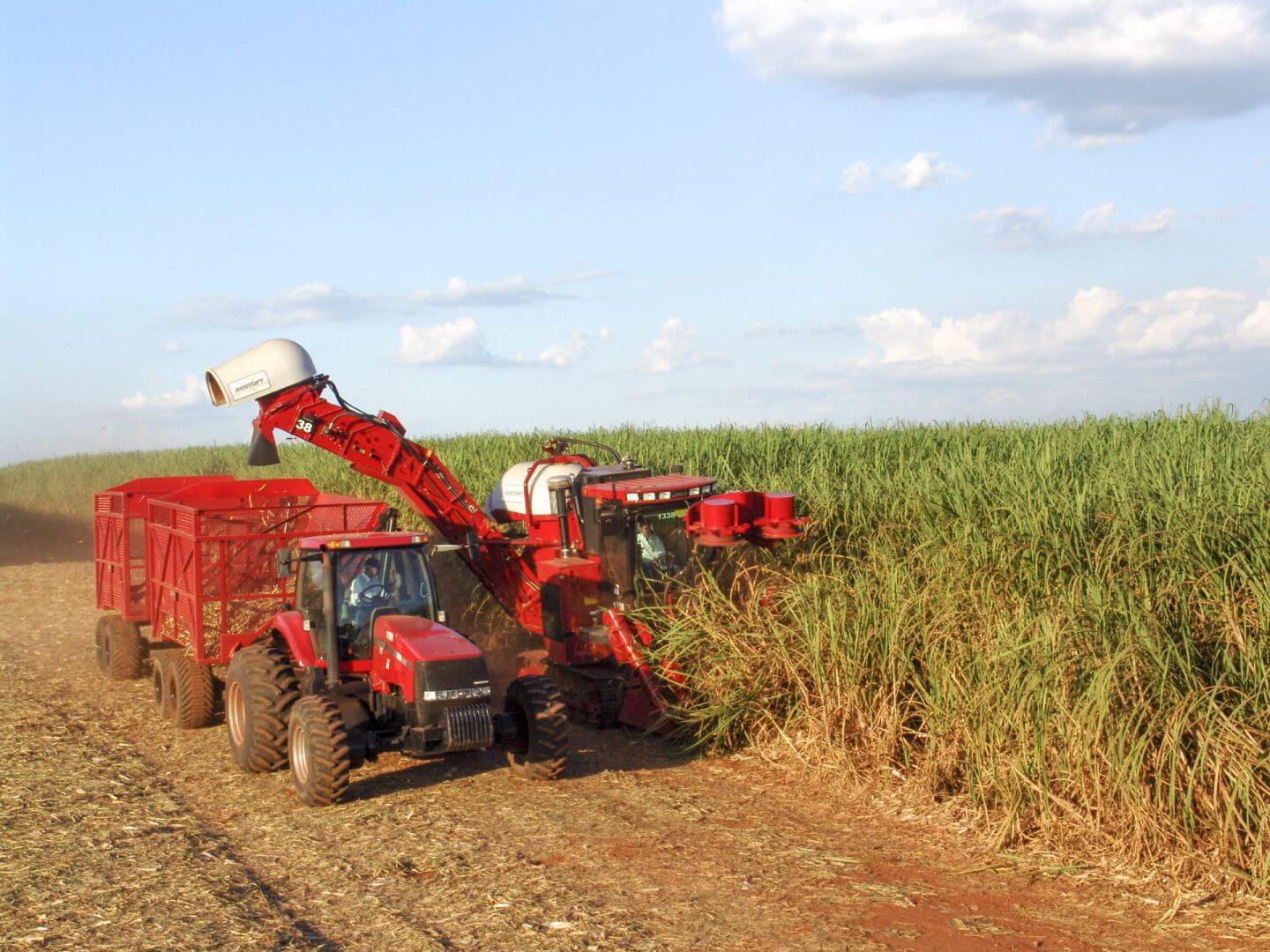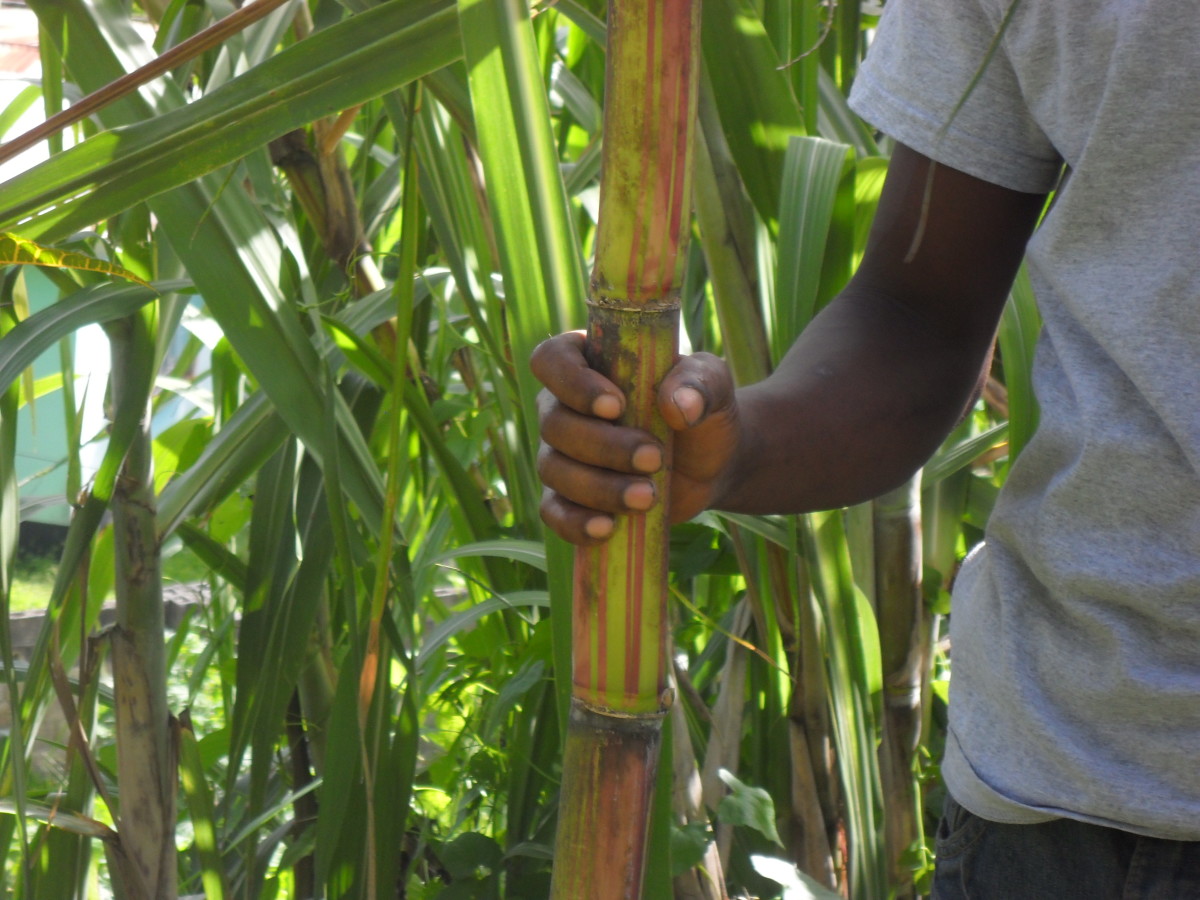All About Sugar Canes: What Are Sugar Canes Utilized For and Their Duty in Worldwide Farming?
Sugar canes work as a cornerstone of worldwide farming, primarily acknowledged for their duty in sugar production. They additionally add to the development of byproducts like molasses and ethanol. These aspects not just support numerous industries however additionally impact financial security in country areas. Nevertheless, the cultivation of sugar walking canes deals with substantial ecological obstacles. Understanding their complex function triggers more exploration right into their farming practices and sustainability initiatives.
The Agricultural Refine of Sugar Walking Stick Farming
Although sugar cane farming may vary by region, the fundamental agricultural procedure remains regular. The very first step entails choosing high-yielding varieties suitable for local environments. Prep work of the dirt is necessary, often requiring husbandry and the addition of plant foods to boost fertility. Growing commonly takes place during the wet season, with farmers utilizing either entire stalks or cuttings to develop brand-new crops.As the plants expand, they need attentive treatment, consisting of weed control, bug monitoring, and watering, depending on the ecological conditions. Farmers monitor the sugar walking stick's development cycle, which generally spans 10 to 24 months, before collecting. Collecting is labor-intensive, frequently carried out manually or with specialized machinery, guaranteeing very little damages to the stalks. Complying with harvest, the walking cane is delivered to processing facilities. This thorough growing process not just supports local economies yet likewise plays a significant duty in worldwide agricultural techniques, adding to food and power materials.
Sugar Production: From Walking Cane to Crystal
The trip of sugar production starts the minute freshly collected sugar walking stick comes to refining facilities. The initial action includes cleaning and cutting the walking cane to prepare it for removal. Using high-pressure rollers, the juice is removed from the crushed cane, resulting in a sweet liquid called sugarcane juice. This juice undertakes information, where impurities are gotten rid of with the addition of lime and heat.Next, the made clear juice is concentrated by steaming it to produce a thick syrup. This syrup is then taken shape by cooling, enabling sugar crystals to create. The crystallized sugar is separated from the remaining syrup, called molasses, with centrifugation.Finally, the sugar crystals are cleaned and dried, resulting in the familiar granulated sugar (What Are Sugar Canes Used For). This process changes raw sugar walking cane into a product that is integral to numerous culinary and commercial applications, highlighting the importance of sugar in international agriculture
Biofuels and Sugar Canes: A Lasting Future
As the world significantly seeks lasting energy options, sugar canes have become a promising resource for biofuels. The biomass stemmed from sugar walking canes can be exchanged ethanol, a renewable gas choice that markedly lowers greenhouse gas emissions compared to fossil gas. This procedure not only offers a cleaner energy resource yet additionally promotes energy self-reliance for several countries.In enhancement, sugar walking stick growing supports rural economic situations by developing jobs in both farming and biofuel production markets. Using sugar walking canes for biofuel manufacturing additionally motivates agricultural diversification, which can improve dirt wellness and lower dependence on solitary plants. The by-products of sugar cane handling can be utilized for electrical energy generation, additionally contributing to a lasting power cycle. As countries undertaking to meet renewable resource targets, sugar canes are positioned to play an essential function in shaping an extra lasting future in the biofuel landscape.

The Role of Sugar Canes in Drink Production
Sugar walking sticks play a substantial role in drink manufacturing, offering as a primary component in rum and adding to the sweetness of several sodas. In addition, their natural juices are used in various drinks, boosting taste and allure. This convenience emphasizes the value of sugar walking sticks in the global drink market.
Sugar Cane in Rum
Rum manufacturing is delicately linked to the cultivation of sugar walking cane, a crucial plant that offers the necessary fermentable sugars required for fermentation. This process begins with the removal of juice from harvested sugar walking canes, which is then either fermented straight or processed right into molasses. Yeast is contributed to convert the sugars right into alcohol, resulting in a varied variety of rum styles, from light to dark ranges. The geographical region where the sugar cane is grown greatly affects the taste profile of the rum, with factors such as soil kind and climate having fun important roles. Nations like Barbados, Jamaica, and Cuba are renowned for their rum production, showing the social and historical significance of sugar walking cane within the global beverage market.
Soft Drinks Sugar Resource

Natural Juice Production Utilizes
Along with its significant role in soda manufacturing, sugar cane is additionally pivotal in the natural juice sector. The juice drawn out from sugar walking stick, called walking stick juice, is celebrated for its all-natural sweet taste and one-of-a-kind taste profile. This juice is generally consumed fresh in numerous regions, specifically in tropical countries, where it is delighted in as a rejuvenating beverage. In addition, walking stick juice works as a base ingredient in an array of natural fruit juices and smoothies, boosting both preference and nutritional worth. Its natural residential properties make it an appealing alternative to sweetening agents, attracting health-conscious consumers. Generally, sugar cane's convenience in juice production emphasizes its value in modern beverage offerings worldwide.
Advancements in Sugar Walking Stick Byproducts
Advancements in sugar walking stick byproducts are paving the method for sustainable options in various sectors. Biofuels stemmed from sugar walking cane supply an alternative power resource, while developments in sustainable product packaging are reducing dependence on conventional products. These developments highlight the versatility and capacity of sugar walking cane beyond its main usage in drink manufacturing.
Biofuels From Sugar Cane
Exactly how can the results of sugar cane add to lasting power solutions? The conversion of sugar walking stick into biofuels presents an encouraging method for renewable resource. By utilizing the fibrous residue, called bagasse, producers can produce bioethanol with fermentation procedures. This bioethanol can offer official website as a lasting alternative to fossil fuels, decreasing greenhouse gas emissions and reliance on non-renewable sources. Additionally, molasses, one more by-product, can be fermented to create biofuels, maximizing resource efficiency. The energy generated from sugar cane not only offers a cleaner fuel source however likewise improves the general economic feasibility of sugar manufacturing. By integrating biofuel production into their operations, sugar cane industries can play an important role beforehand sustainable energy services worldwide.
Sustainable Product Packaging Solutions
Lasting product packaging services are progressively being developed from sugar cane results, showcasing the versatility of this farming staple. Developments such as biodegradable plastics stemmed from bagasse, the fibrous residue left after juice extraction, are obtaining grip. These products offer an environment-friendly option to traditional plastics, reducing dependence on nonrenewable fuel sources and lowering carbon impacts. Furthermore, sugar cane-based packaging is compostable, damaging down naturally without damaging the setting. Business are currently checking out these options to straighten with consumer need for sustainability. As understanding of plastic air pollution expands, the adoption of sugar cane-derived packaging is anticipated to increase, positioning sugar walking sticks as a principal in the shift to greener packaging solutions in numerous sectors.
Economic Impact of Sugar Cane Farming

Sugar cane farming has deep origins in lots of economies, its economic effect extends far beyond agricultural production. This crop acts as a significant income source for countless farmers worldwide, especially in establishing countries where farming is a primary income. Sugar walking stick adds to neighborhood economic climates through job development in farming, handling, and harvesting. The sector also stimulates growth in associated sectors such as transportation, devices production, and food processing.Furthermore, sugar walking stick is a vital gamer in global profession, affecting worldwide markets and rates. Nations that generate sugar walking cane typically count on exports to improve their economic stability. The by-products of sugar cane, such as ethanol and molasses, expand earnings streams for farmers and include value to the agricultural industry. In general, the economic ramifications of sugar cane farming are profound, impacting not only farmers but additionally whole neighborhoods and national economic situations.
Environmental Factors To Consider in Sugar Walking Stick Cultivation
While sugar walking cane farming plays a necessary role in several economic climates, it additionally raises significant ecological problems that can not be overlooked. The considerable use fertilizers and pesticides in sugar walking cane cultivation often results in dirt deterioration and water air pollution. Overflow from these chemicals can pollute neighboring water bodies, hurting aquatic communities. In addition, the monoculture practices common in sugar walking cane farming reduce biodiversity, making environments a lot more at risk to insects and diseases.Deforestation is one more critical problem, as land is usually cleared to make method for sugar haciendas, leading to habitat loss for wild animals and increased carbon discharges. Additionally, the high water usage needed for sugar cane watering can stress regional water sources, specifically in arid regions. As worldwide demand for sugar remains to climb, dealing with these environmental difficulties comes to be important to ensure sustainable practices in moved here sugar cane cultivation.
Often Asked Questions
What Are the Nutritional Advantages of Sugar Walking Stick?
The nutritional benefits of sugar cane mainly include its high carbohydrate material, supplying energy. In addition, it consists of vitamins, minerals, and anti-oxidants that may support overall wellness, though small amounts is essential as a result of its sugar content.
Just How Does Sugar Walking Cane Affect Resident Ecosystems?
Sugar walking stick cultivation can greatly influence neighborhood ecological communities by changing land use, affecting biodiversity, and requiring significant water resources. Furthermore, it may lead to soil deterioration and pesticide runoff, disrupting bordering habitats and wildlife populaces.
What Is the History of Sugar Walking Cane Growing?

Exist Alternatives to Sugar Cane for Sugar Manufacturing?
Alternatives to sugar walking stick for sugar production consist of sugar beets, corn, and different tropical plants like sorghum and agave (What Are Sugar Canes Used For). These crops offer varied resources of sweetness, each with unique cultivation demands and ecological effects
Just How Do Weather Patterns Impact Sugar Cane Returns?
Weather condition patterns considerably influence sugar cane yields with temperature variations, rainfall quantities, and seasonal cycles. Dry spell or extreme rains can impede development, while suitable conditions improve see photosynthesis, ultimately influencing the quantity and high quality of the harvest. The journey of sugar production starts the moment freshly collected sugar cane gets here at processing facilities. The taken shape sugar is separated from the continuing to be syrup, recognized as molasses, through centrifugation.Finally, the sugar crystals are washed and dried, resulting in the familiar granulated sugar. Rum manufacturing is delicately linked to the cultivation of sugar walking stick, an essential crop that offers the essential fermentable sugars required for fermentation. Additionally, the monoculture methods common in sugar cane farming reduce biodiversity, making communities much more vulnerable to parasites and diseases.Deforestation is one more crucial problem, as land is typically gotten rid of to make means for sugar haciendas, leading to habitat loss for wild animals and increased carbon discharges. Alternatives to sugar walking cane for sugar manufacturing include sugar beets, corn, and different tropical plants like sorghum and agave.